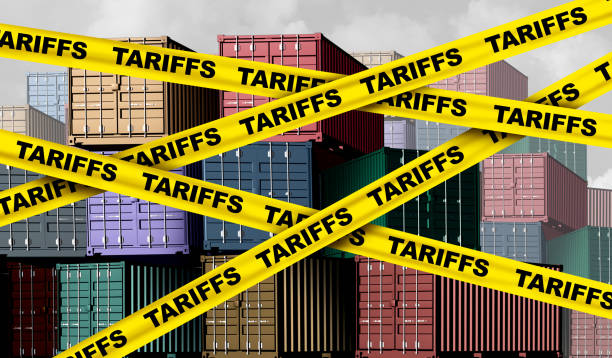In a scene reminiscent of the 2018 trade wars, tariff threats are once again rattling boardrooms from Wall Street to Bay Street. After a period of relative calm following the USMCA trade agreement, a resurgence of U.S.-Canada trade tensions is unfolding, bringing back uncertainty that many investors hoped was history. From steel mills in Hamilton to canola fields in Saskatchewan, businesses are bracing for fallout. Investors, too, are on edge – watching market screens flicker with every new headline. This narrative-driven analysis unpacks the latest shifts in trade policy, examines the impact on key industries, and explores how markets and investors are reacting. Crucially, we’ll also highlight potential investment opportunities (from low-risk havens to high-risk bets) for those navigating these turbulent cross-border waters.
Policy Update & Timeline (February 2025)
Pause on Broad Tariffs:
Early February negotiations temporarily cooled trade tensions. On Feb. 3, 2025, the U.S. agreed to pause sweeping tariffs on Canadian imports for 30 days (until March 4, 2025) (US Tariff and Trade Update: Temporary Pause on Canada and Mexico, Tariffs on China, China Retaliation, and What’s Next | HUB | K&L Gates). These broad tariffs – 25% on most Canadian goods (with 10% on certain energy and minerals) – had been slated to kick in Feb. 4 under an executive order invoking the International Emergency Economic Powers Act (IEEPA) (Tariffs Paused in Mexico and Canada, but not China) (Tariffs Paused in Mexico and Canada, but not China). The pause, secured in exchange for cooperation on border security and drug issues, also put Canada’s promised counter-tariffs on hold (US Tariff and Trade Update: Temporary Pause on Canada and Mexico, Tariffs on China, China Retaliation, and What’s Next | HUB | K&L Gates). This gave both sides a brief window to negotiate before the new deadline.
New 25% Metals Tariffs Announced:
That truce proved short-lived. On Feb. 10-11, President Trump signed proclamations imposing 25% tariffs on all steel and aluminum imports worldwide – including Canada – effective March 12, 2025 (US 25% steel tariffs would stack on other levies on Canada, White House official says | Reuters) (US 25% steel tariffs would stack on other levies on Canada, White House official says | Reuters). These orders removed all country exemptions and raised the U.S. tariff on aluminum from 10% to 25%, matching the 25% steel rate (Trump raises tariffs on aluminum, steel imports in latest trade war salvo | Reuters) (Trump raises tariffs on aluminum, steel imports in latest trade war salvo | Reuters). A White House official confirmed the across-the-board metals duties would take effect March 12, 2025 (US 25% steel tariffs would stack on other levies on Canada, White House official says | Reuters). In effect, the earlier targeted pause for Canada will expire March 4, and a week later the global steel/aluminum tariffs hit on March 12 – a one-two punch.
> Continue Reading


